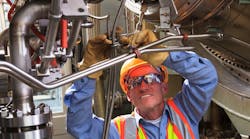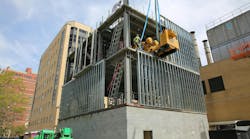The traditional mind-set about a repair is the equipment is down and you must get it running again. With this mind-set, the risk of that same failure does not change.
Why was it down, and will your repair reduce the likelihood of a repeat? In the typical downtime situation, there is not time to perform an engineering analysis and decide how to reduce the risk of that same failure. Therefore, think this out ahead of time.
Consider motor vibration, for example. A common cause of this is soft foot, which, in turn, is caused by improper torqueing of the motor mounting bolts. That’s one issue to address when repairing a motor vibration problem; replace the mounting hardware and torque to the specified value. Make a list of common motor vibration causes and create a procedure or checklist that includes all of them. When there’s a vibration issue to repair, the equipment is already down so check the alignment, replace the mounting hardware, etc.
Motor vibration is just one failure cause that costs plants big money. What are common failure causes at your plant? What are the failure modes for your critical equipment?




